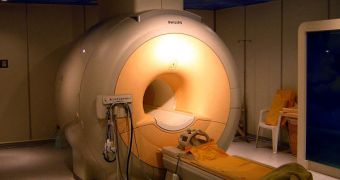According to a new report published yesterday, it would appear that a large section of the young US population, including children and teens, is overexposed to radiations, a situation that may lead to an increased number of cancer cases once they grow up. The paper shows that Magnetic Resonance Imaging (MRI) scans, computed tomography (CT) scans, X-rays, and other types of imaging techniques are exposing the country's youth to too much cancer risk later on in life, Reuters reports. The experts say that the largest risk comes from accumulated exposure, which happens when patients get too many scans of various types in a year.
“Even though the individual risk for any patient exposed to these kinds of doses may be small, when you add that up over millions of people, that can be a concerning population risk,” Emory University in Atlanta specialist Dr. Reza Fazel explains. The expert and colleagues published the results of their new investigation in the latest issue of the respected New England Journal of Medicine. More than one million US citizens, aged 18 to 64, were observed during the three-year study, the team shows. The analysis reveals that about four million Americans are exposed to overwhelming doses of radiations each year.
Citizens now find themselves in a difficult position. On the one hand, if they do not get their scans, they cannot provide their physicians with the most up-to-date and relevant information about their conditions. On the other hand, if they abuse scans, and get, for instance, one per month, then they run the risk of triggering tumor formations in several organs at once. Statistics published by the National Council on Radiation Protection and Measurement found in March that US citizens were exposed to 700 percent more radiations from medical scans than they were three decades ago.
The new report identifies CT scans and MRI scans as being among the biggest contributors to the amount of radiation a single patient receives in a year from medical scans. But the biggest single-contributor was found to be the myocardial perfusion scan, a procedure during which the largest amount of radioactive material is injected into the patients. “It was easily the procedure that accounted for the greatest proportion of the overall radiation exposure,” Fazel says.

 14 DAY TRIAL //
14 DAY TRIAL //